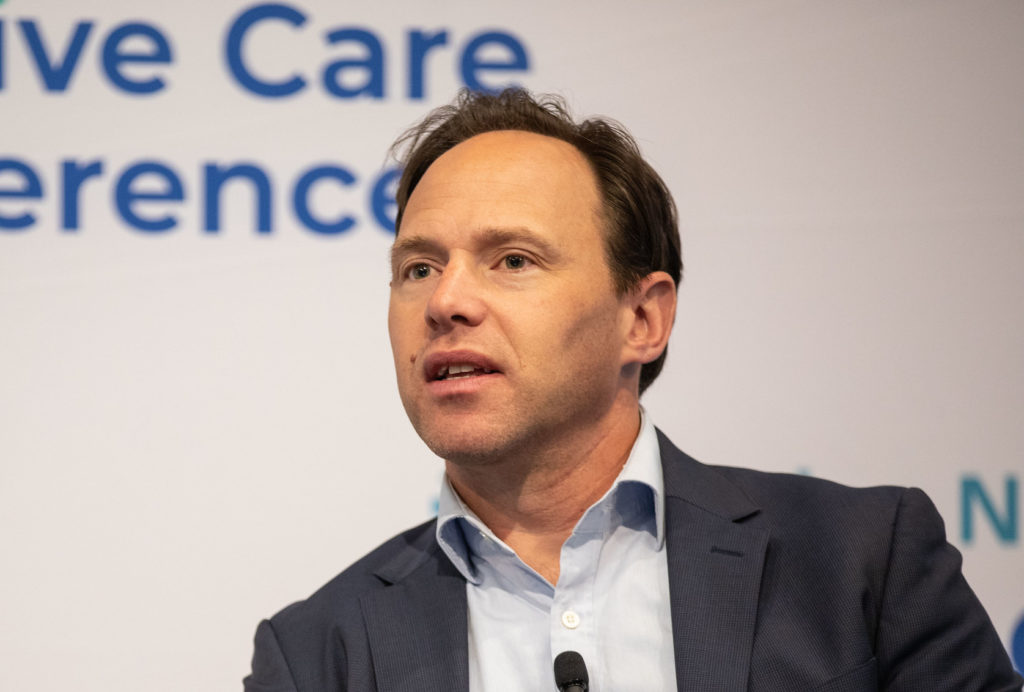An overwhelming majority of hospice providers have seen costs of patient care rise 3% to 10% since 2019, and many expect further increases next year.
This is prompting calls for Medicare to reconsider proposed 2023 reimbursement rates.
Specifically, close to 98% of respondents to a May survey of National Hospice and Palliative Care Organization (NHPCO) members reported that the costs of providing care have been mounting during the past two and a half years, with 97% anticipating further spikes in 2023.
The hospice advocacy group NHPCO is now asking the U.S. Centers for Medicare & Medicaid Services (CMS) to reassess the 2.7% per diem rate increase included in the 2023 proposed payment rule to account for these expenses.
Just some of the expenses include higher costs for labor and PPE, an 8.5% jump in inflation, and reduced income due to falling lengths of stay, among others.
“For the increasing numbers of hospices with rising numbers of short stay patients, patient care costs significantly exceed payments …” NHPCO stated in its formal comments to CMS on the proposed rule. “[Hospices’] reliance on Medicare, along with a set per-diem payment makes hospice providers uniquely dependent on Medicare for most of the reimbursement and leaves no room for negotiation on price.”
Medicare covers close to 90% of hospice organizations’ patient care revenue.
This means they often lack the more diverse revenue streams seen in other health care settings, such as private insurance and a higher proportion of Medicaid dollars, as well as Medicare reimbursement outside the hospice benefit, NHPCO pointed out in its comments.
Among providers’ most pressing concerns is rising labor costs.
Many have had to increase employee wages to remain competitive in a tight labor market in which health systems and travel nurse companies have been able to lure clinicians with higher pay. Nonprofit providers have had to fend off for-profit poaching as well, in some instances.
“Hospices have long sought to find experienced clinical employees by recruiting them away from other hospices,” Lynne Sexten, the president and CEO of the Wisconsin-based Agrace, recently told Hospice News. “Each time a new for-profit hospice attempts to enter our market, they desperately try to recruit away our staff with exorbitant sign-on bonuses or hourly wages.”
Hospice worker wage and salary increases ranged from 3% to 6% during the last two years. Admission liaisons, nurses, aides and IT staff saw the largest increases, according to the National Association for Home Care & Hospice (NAHC).
“Hospices are not well positioned to compete with hospitals, staffing agencies, and other post-acute health care providers to recruit qualified care team members without significantly increasing their compensation costs,” NHPCO wrote to CMS. “This is particularly troubling as the need for a robust and skilled hospice workforce will grow given the nation’s aging population and the increasing demand for hospice services.”
Beyond the rising prices, Medicare is phasing in the return of payment sequestration, which was temporarily suspended during the COVID-19 public health emergency. Effective April 1, CMS began a 1% withholding.
As of June 30, that will rise to the typical 2%, representing a headwind that some hospices consider “devastating.”
With adjusted for sequestration, inflation and other costs, the proposed rate would amount to a payment increase of only 0.7%, NHPCO reported.
A range of industry stakeholders, including NHPCO, have raised questions about the data sources that CMS used to calculate the proposed payment rate.
The agency’s methodology used 2018 data. While these time lags are typical for the agency’s reimbursement decisions, they do not reflect the extraordinary circumstances brought on by the pandemic.
NHPCO recommended that CMS apply the same processes it has used for providers in other settings, such as hospitals, that include some of these variables.
“We urge CMS to consider updating the baseline year for the hospital [inpatient prospective payment system (IPPS)] from the current baseline year of 2018 to a more current baseline year,” the comments indicated. “This update will more accurately reflect the cost structure of hospital IPPS during the pandemic for inflationary adjustments to be applied against within the hospice wage index formula.”



